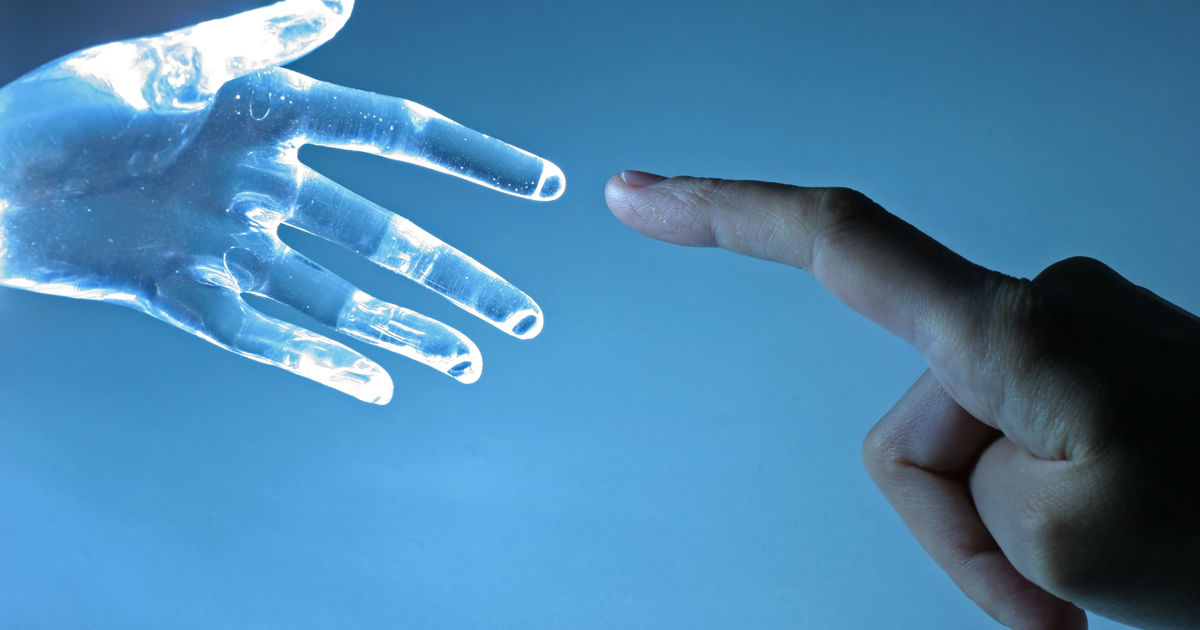Ad Infinitum: will machine learning change the industry forever?
As AI and its capabilities drive everyone to distraction, Tim Cumming stamps on his shattered ChatbotGPT plugin to talk to studio heads across the creative spectrum to discover how and where it is already being used, and what could be in store.
For some – perhaps most – the promise of harvesting the machine ‘creativity’ of the AI systems that have flooded news, social media and even some working studios is tempered by a fear of said adversarial and generative intelligences outrunning and outgunning our own.
Geoffrey Hinton, the ‘godfather’ of AI, warns it could render us humans obsolete. His warning comes far too late to do anything whatsoever about it. Nice one, Geoff.
For VFX-heavy directors such as Carl Erik Rinsch, it is like ‘the discovery of fire’; for others, it is a quagmire of ethical and legal questions of ownership and creation that will either decimate entire industries, make copyright lawyers huge sums of money, or fail at the first hurdle as unreliable copyist rather than innovative creator.
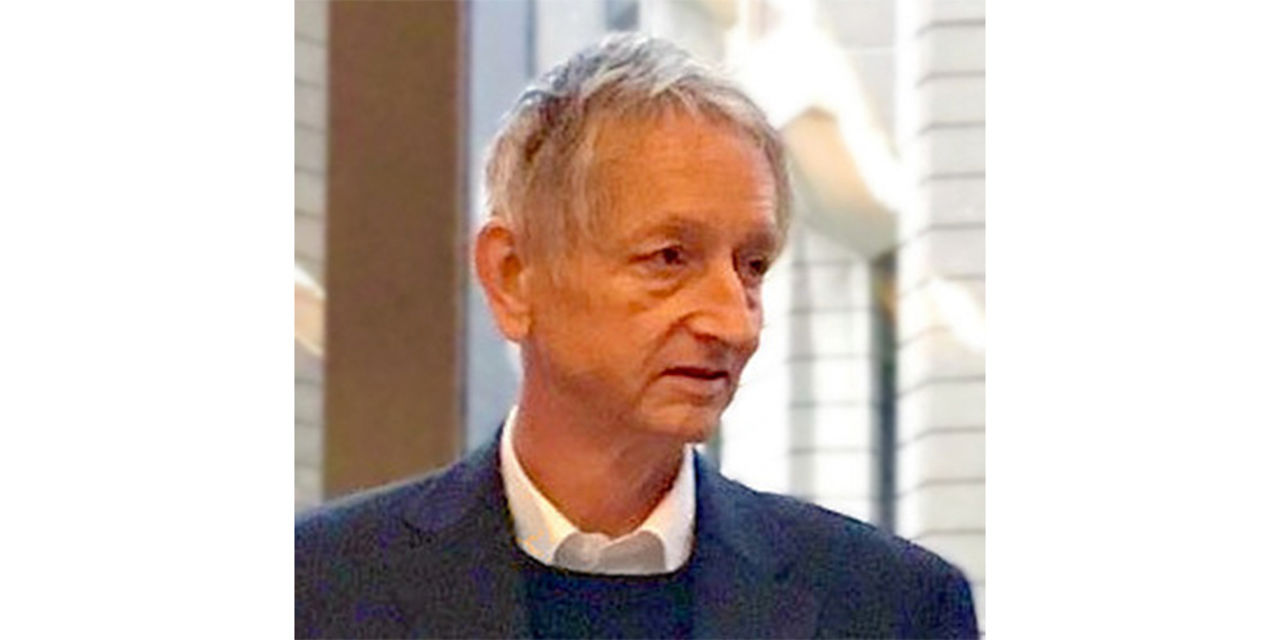
Above: British-Canadian cognitive psychologist and computer scientist, Geoffrey Hinton recently joined Elon Musk and others in warning that AI is a threat to the future of humanity.
But for leading figures at the tech end of the industry, AI’s impact on production and post is already here. And has been for some time. For the likes of creative studio Untold, creative company Media.Monks, Nexus Studios and The Mill, AI’s capabilities are already in play, but boundaried by commercial imperatives, and by an informed conviction that creativity and innovation are not to be found in the much-hyped Large Language Models and Generative Adversarial Networks that constitute the current wave of AI programmes.
For Simon Legrand, Real-time Supervisor at Untold Studios, knowing where AI’s capabilities reach their limit is crucial to knowing how to use it to the studio’s advantage. “AI will never know how to do a pencil drawing,” he says, “unless it’s been fed a million pencil drawings first. All these models stand on the shoulders of giants and these giants are most definitely human,” he adds, “and at some point the rehashing of content by AI food processors will become tiresome. I have a strange feeling that AI will up-value handmade craft. If everyone can turn themselves into an oil painting or their favourite anime character, then art will become the thing that not anyone can do.”
All these models stand on the shoulders of giants and these giants are most definitely human.
He’s quick to emphasise that AI is not new. “It’s been used in production for decades,” he says, and points to the Orc armies of Lord of the Rings, “controlled by little digital brains that decided if the orc should run, fight or fall.” VFX has also been a home for AI systems, with the likes of deformation-learning solvers being used to generate convincing simulations of how muscles work. But the rise of LLMs (Large Language Models) and GANs (Generative Adversarial Networks) is different, “These are new and fairly disruptive,” says Legrand, “and most productions are still trying to understand where all of this fits within a post-pipeline.”
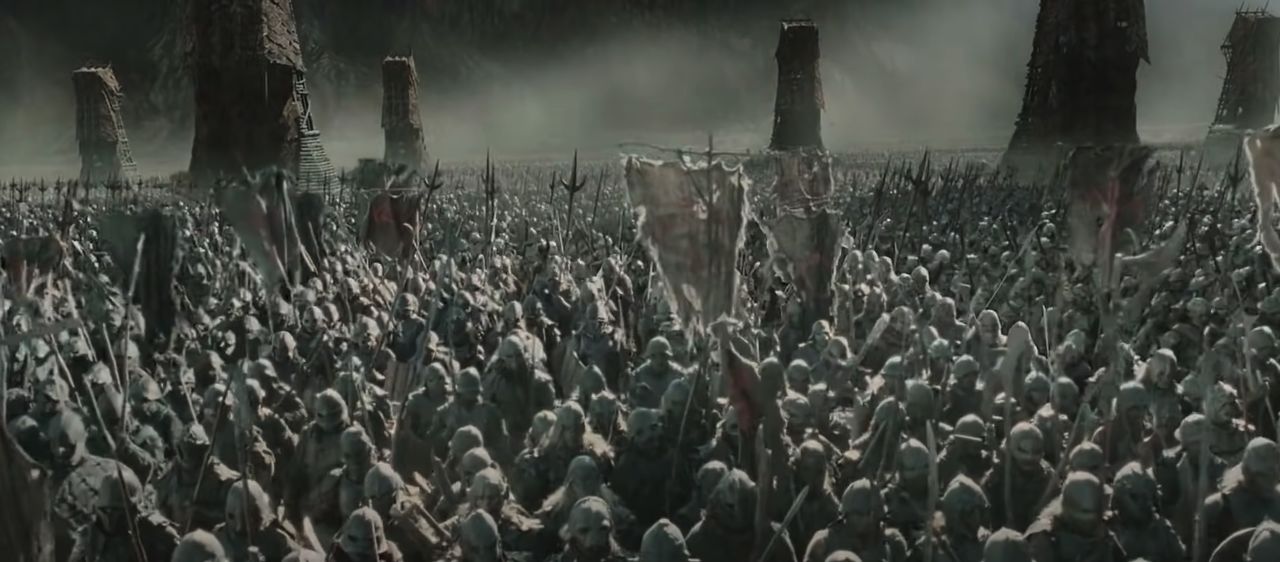
Above: AI has been around in other forms for years, the Orcs in Lord of The Rings were controlled by 'little digital brains'.
At Media.Monks, the LLM du jour, ChatGPT, is a research assistant; while image generators MidJourney and Stable Diffusion are used for storyboards, mood films and conceptualisation, freeing up humans to spend more time and budget on craft and creativity, and leaving to the machine-learning tools the grunt work.
“It helps us enhance and automate the pre-production phase and other processes, such as translations or local market adaptations,” says Mariëlle Tolen, Associate Creative Director at Media.Monks, who believes that the bespoke route is the best foot forward for studios taking the lead in AI-enhanced creativity. “Those who excel will be the ones who invest in experimenting, building AI-based tools, and training custom models that no-one else has.” But either way, she adds, “the practical applications of AI are breathtaking. From concept visualisation and asset generation to special effects and distribution, it is quickly transforming the way film content is made and seen.”
For Media.Monks’ Innovation Director Geert Eichhorn, AI is a Transformers-style disrupter and game-changer on a scale even larger than those three little letters that power the internet, ‘www’. “The technological revolution that we’re seeing now matches the societal impact of the introduction of personal computers,” he says. “AI is going to change many people’s perspectives of content creation. This technology will set a clear ‘before’ and ‘after’, not only in terms of ideation, but also in terms of how content is produced, by who, and at what cost.”
The aim is to find a way to harness this technology for good and incorporate it into our lives in a way that enriches and elevates rather than intimidates or undermines.
“We’re entering a new era in filmmaking,” adds Tolen. “If we used to weigh the pros and cons of doing digital versus manual work, we will now compare AI to everything else – and this is set to impact the advertising industry at large.
“But instead of feeling fearful, I’m very hopeful that AI will be used to deliver original, extraordinary and, above all, meaningful content,” says Tolen. “Because AI not only allows us to realise some of our wildest ideas, but also to roll out assets at scale in mere seconds.” She stresses that eliminating human intuition and creativity from the equation is not on their cards. “The ones who will stand out are those who focus on the craft, creativity and messaging that truly moves audiences.”
Colin Davis, Head of Digital Production at Nexus, discusses how they have been using AI for the past four years on the studio’s animation work. Its role as foot soldier to the human creatives is already changing outcomes. “We look at generative AIs as ways of supercharging the creatives, so we can allow them to iterate through things faster, and to create more versions to see what they might look like in a less laborious way.” He points to how Dreambooth, a tool used to fine-tune existing text-to-image models, has been used to train on just one artist’s work. “Fabien [Glasse] trained it himself. He’s interested in what it can be. It’s a tool, not a threat. That’s how we’re looking at AIs. It allows smaller independent artists to do things at scale.”
AI generates things that look real – it’s about ‘does this pass the test of looking correct?’. But because of the way AIs are actually constructed, it’s very hard to interrogate where any of it comes from.
Those Large Language Models are a stickier wicket. “One of the former tech directors at Nexus has always called AI 'Unreliable Collaborators',” says Davis. “It can still get it all wrong, and we’re doing this in a commercial context for brands that don’t want those kind of negative headlines, when AI hallucinates something and it sounds real but isn’t. AIs generate things that look real – it’s about ‘does this pass the test of looking correct?’. But because of the way AIs are actually constructed, it’s very hard to interrogate where any of it comes from.”
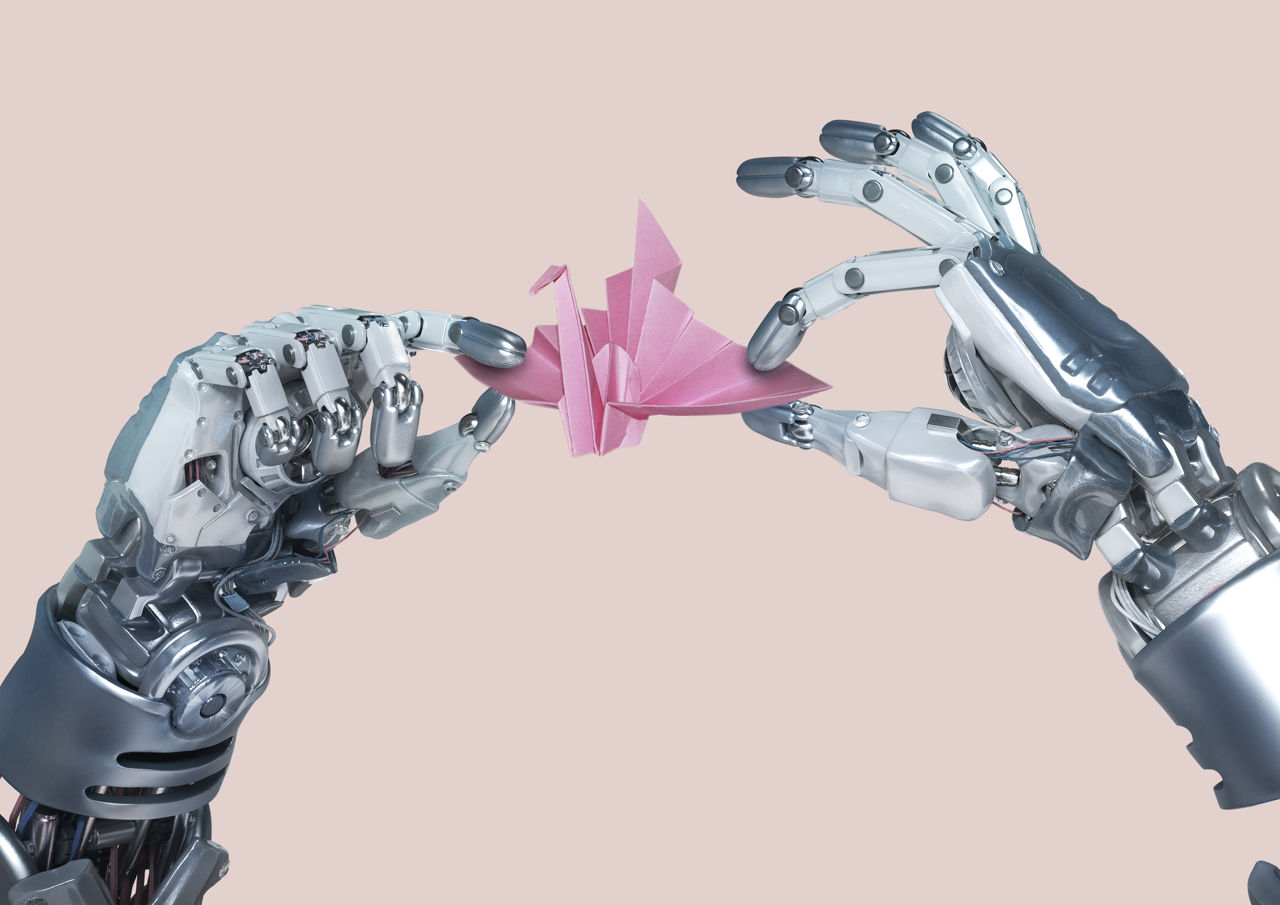
Above: AI can create things that one might find creative or artistic, but can AI be inherently creative?
This issue of AI learning from other people’s creativity and products, in the dark of processes no one clearly understands, and without recompense, is already making lawyers busy. “We’ve had conversations with legal council on these things – it’s tricky on a number of legal and technical levels,” says Davis. “Copyright hinges on a human creating it. But while we don’t think an AI is going to take your job, we do think that someone who knows how to use AI is going to be able to take your job. Our founder Chris’s view is that AI is only a threat if your ambitions are small. We want to embrace it as a tool to help accelerate and to give us more powers.”
Nevertheless, the fear of human creativity and innovation being superseded by machine intelligence remains a significantly scary story. But does this dystopian projection miss the target of what creativity – and humanity – actually is? “Music, paintings, photography, poetry, stories and now some animations are fooling expert human eyes,” says Untold’s Simon Legrand. “But absolutely none of this would be possible without training AI on massive amounts of human-generated content. The aim is to find a way to harness this technology for good and incorporate it into our lives in a way that enriches and elevates rather than intimidates or undermines.” AI godfather Geoffrey Hinton will probably be murmuring a hollow ‘good luck’ to that.
At The Mill, General Manager Mark Benson sees AI already firmly embedded in the production process – “to prototype creative concepts and ideas at speed is massively enabling and exciting,” he says. “We’re excited because we see AI as a next generation of new tools to empower our artists, creative technologists and our clients.” But the idea of it taking the lead in creating content is one he scotches straight away. “Creative directors demand total control of the evolution of creating great content,” he says, “and I don’t see directors being satisfied with beautiful images randomly generated based upon a few key words. What’s really interesting is embedding AI into the existing creative process and ‘directing’ the AI using movement, sketches, image references and expressions.”
“It’s not capable of creativity,” he affirms. “It can create things that one might find creative or artistic, but an AI isn’t inherently creative any more than a kaleidoscope is."
While Colin Davis at Nexus does foresee “a very strong disruption in a lot of the low-end animation work”, from his perspective, premium-end craftsmanship is not at risk. But in the end, who (or what) wields the creative whip comes down to the issue of innovation. Machine learning depends on what has already been created, and permutates through that until someone hits the stop button to sift through what it’s done. But it cannot innovate. “A human can create things outside of what the previous body of work was, but AI won’t be able to create that, because it’s only pulling from what it’s been trained on,” says Davis, who sees a future where originality becomes an increasingly prized asset. “It’s about creating things that you can’t ask an AI to do,” he says, “because there isn’t a precedent for it.”
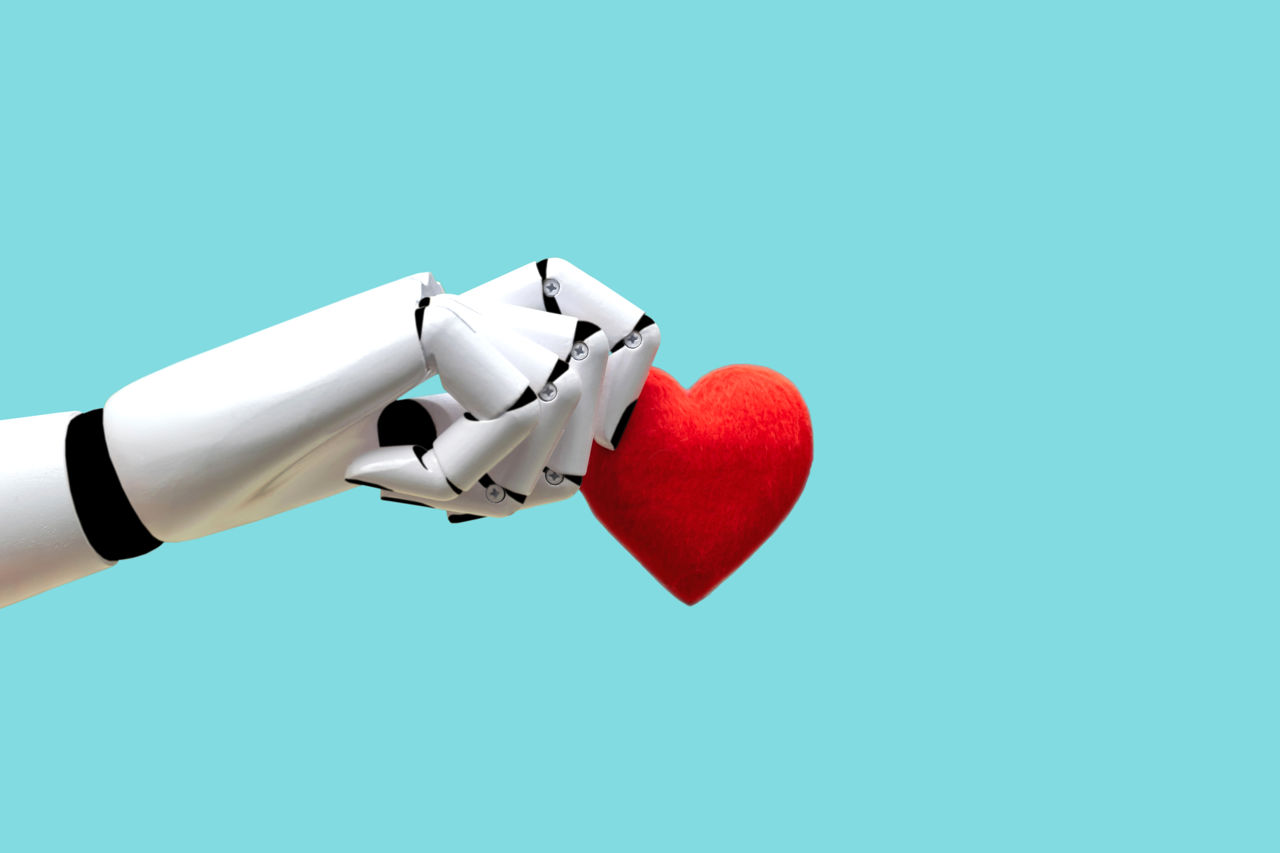
Above: AI can imitate emotions, but it has no bodily experiences, no lived history, no intuition, no human interactions, no moods.
Legrand at Untold Studios is similarly dubious of AI turning innovative creative director anytime soon. “It’s not capable of creativity,” he affirms. “It can create things that one might find creative or artistic, but an AI isn’t inherently creative any more than a kaleidoscope is. People are way too quick to jump to the conclusion that because it can perform impressive tasks, it’s somehow sentient or comparable to a human brain.”
What AI doesn’t have is the inherent drive to play and the ability to be self-critical.
“Creativity is not machine learning,” affirms Tolen. “Creativity is human! Sure, with the right prompts AI can generate creative concepts and stunning visuals, but what AI doesn’t have is the inherent drive to play and the ability to be self-critical.” Which suggests that, however disruptive and unsettling AI’s development and distribution proves to be, the creative spark embedded in human consciousness will still be its prime mover. “Even though AI can imitate emotions, it has no bodily experiences, no lived history, no intuition, no human interactions, no moods,” says Tolen. “While AI can help us execute creative ideas, I see real-life experiences as the driving force behind the creative act.”
Which sounds like good news for us creative, innovative, imperfect humans worrying that self-learning machines will eventually outstrip us in intelligence and capability, perfect themselves and then put us all to sleep. It may even make Geoffrey Hinton a little happier. Or perhaps not. Soon enough, we’ll find out.
)

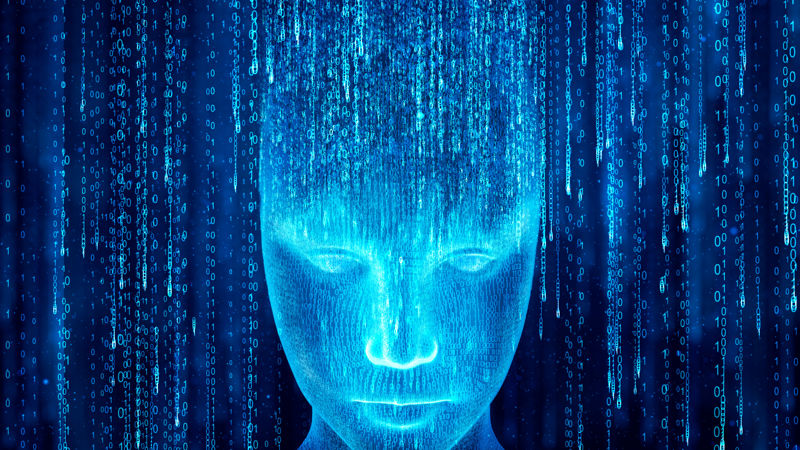


 + membership
+ membership










